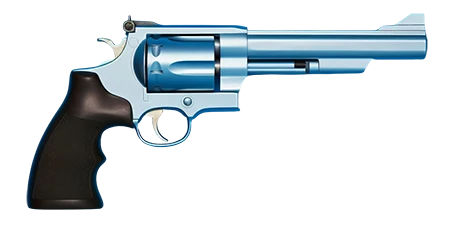More than ever, security is an essential issue for sensitive sites. Faced with threats of all kinds, the protection of goods and people now requires a response adapted to the most specific risks. Helping to make your site impenetrable is what Baumert's engineering teams contribute to.
Building, business, and home security is a key priority, and one of the most effective solutions to protect against intrusions is the installation of burglar-proof doors. These doors are designed to withstand forced, impact, and break-in attempts. However, not all burglar-proof doors are created equal. There are various standards that allow these doors to be classified according to their ability to withstand different types of attacks.
The EN 1627 standard is the European reference standard for burglar-proof doors and windows. It classifies doors according to their level of resistance to break-in, according to the duration and the means burglars use to force the door.


Faced with the resurgence of risks related to terrorism, armed conflicts or even the polarization of society, it has become essential to protect institutional buildings and strategic sites against ballistic threats.
The installation of certified bulletproof doors and partitions is an essential response to this threat, whether to protect various audiences or to secure sensitive sites against targeted attacks.
Our bulletproof productsThe ballistic resistance of building elements, and more particularly of door units, is defined by the EN 1522-1523 standard. This standard covers both the test conditions and the level of resistance to a bullet attack.
| Classe de résistance | Type d'arme | Calibre | Munition |
|---|---|---|---|
| FB1 | Carabine  | 22 LR | Balle en plomb |
| FB2 | Pistolet automatique  | 9 mm Luger | Noyau mou (plomb) |
| FB3 | Revolver  | 357 Magnum | Noyau mou (plomb) |
| FB4 | Revolver  | 44 Magnum | Noyau mou (plomb) |
| FB5 | Fusil d'assault  | 5,56 x 45 | Noyau mou (plomb) avec masse pénétrante (acier) |
| FB6 | Fusil d'assault et Carabine   | 5,56 x 45 et 7,62x 51 | Noyau mou (plomb) Noyau mou (plomb) avec masse pénétrante (acier) |
| FB7 | Carabine  | 7,62 x 51 | Noyau dur (acier) |
| FSG | Fusil de chasse  | Calibre 12 | Cartouche Brenneke Balle en plomb |
Explosions are a major risk in many industrial sectors, especially in nuclear, chemical, petrochemical and gas installations. An explosion can have catastrophic consequences, including human losses, material destruction and considerable environmental impacts. Securing sensitive sites is becoming a growing problem nowadays. It is imperative that in the event of a terrorist attack, means of delay in order to access targets, such as security doors, anti-blast doors or anti-explosion doors, be implemented.
Several European standards governing the resistance of doors, windows and building closures to explosive attacks:
These standards govern the resistance of joinery to the overpressure of the breath emitted by a blast tube (also called shock tube). This tube is used to simulate a powerful explosive detonation which is equivalent to a load of 100 kg to 2500 kg of TNT, at distances ranging from 35 to 50 m from the tested element.
Our anti-explosion doors and anti-blast doors
